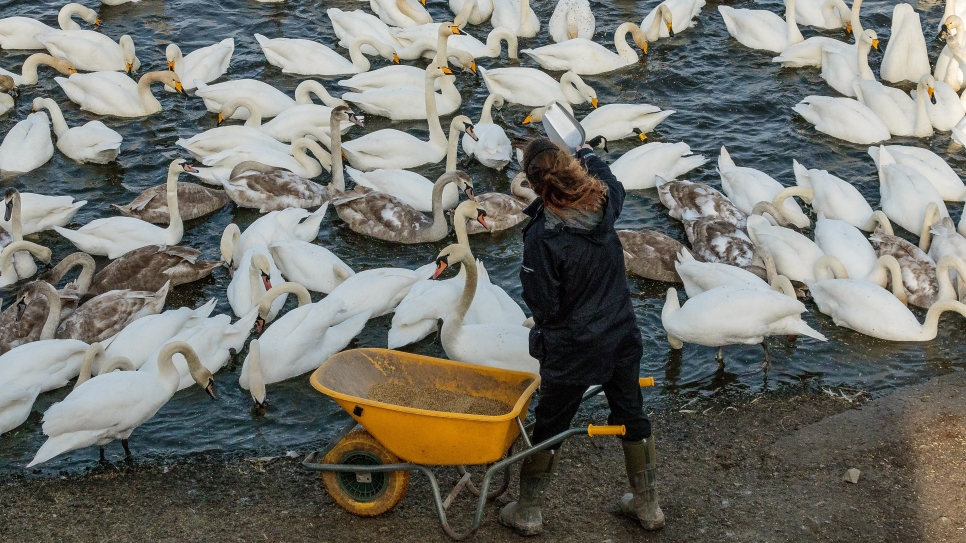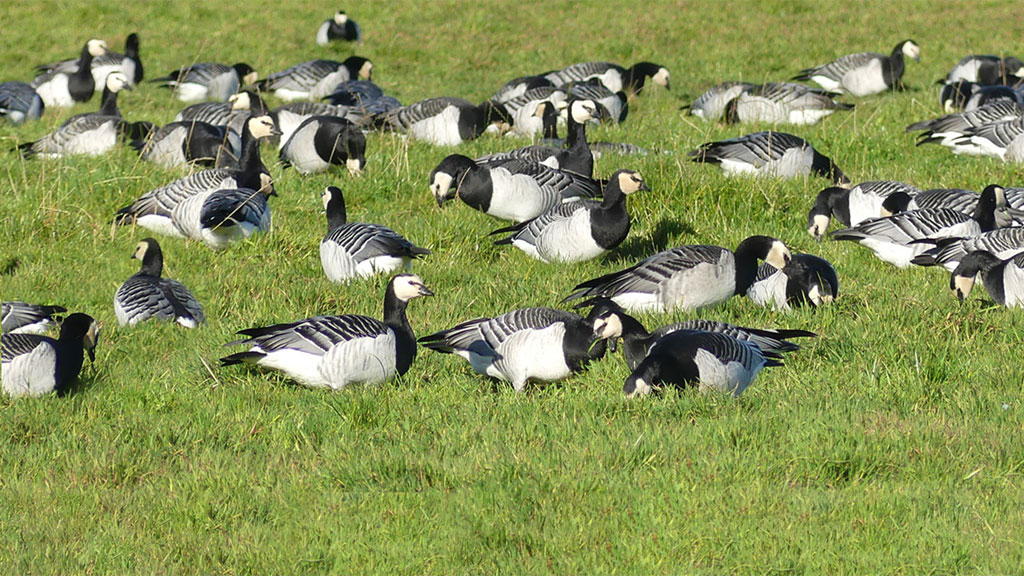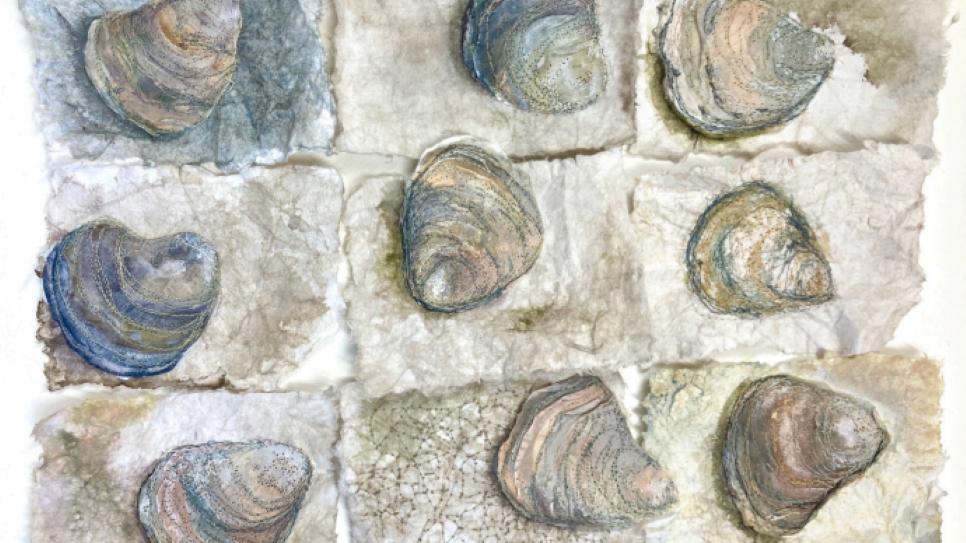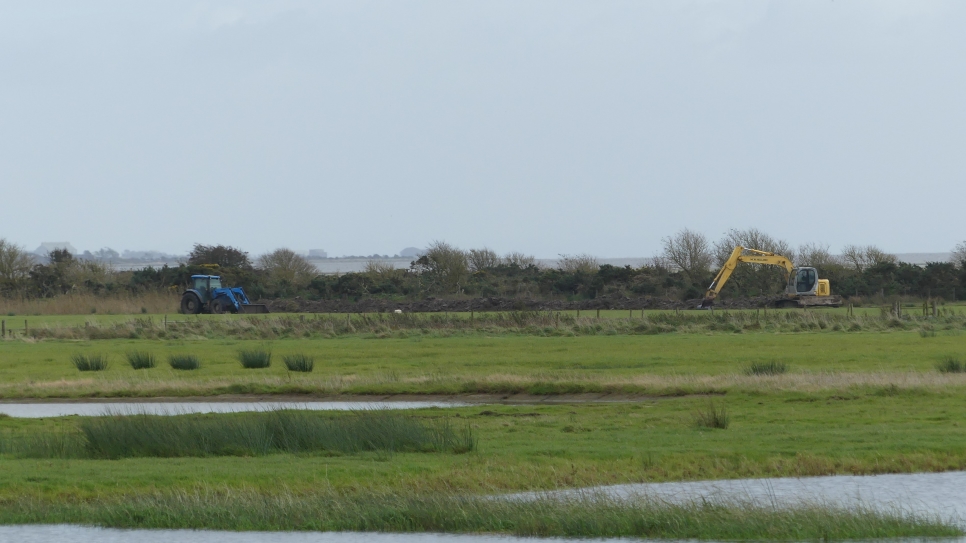Mosquito hunting at Caerlaverock

Wetland nature reserves like WWT Caerlaverock support a huge amount of biodiversity and attract many people (myself included) hoping to see some of the incredible creatures that make wetlands their home. While catching a glimpse of a mosquito is less likely to cause delight than spotting an osprey or a kingfisher, mosquitoes are nonetheless as much a part of wetland ecosystems as familiar wetland residents like ducks, swans and dragonflies. Female mosquitoes lay their eggs in or near to standing water, or in areas that are likely to become flooded – making wetlands like reedbeds, waterlogged fields and saltmarsh ideal habitats for many mosquito species.
Although mosquitoes in Britain pose minimal risk to humans at present, some native mosquito species are able to transmit diseases to wildlife and a few have the potential to infect humans under certain conditions. We currently know little about the mosquitoes of Scotland but finding out which species are here can help us to assess the risk of future mosquito-borne disease to both humans and wildlife in Scotland. With that in mind, our team from the University of Glasgow has been carrying out surveillance of mosquitoes at wetland nature reserves across Scotland as part of a collaborative research project (“Mosquito Scotland”) to find out which mosquito species are in Scotland, where they live and whether they are carrying any diseases.
Together with my colleague, Dr Rebecca Brown, I spent the summer travelling to wetland reserves all over the country to collect mosquito adults and larvae. We had the privilege of being able to visit WWT Caerlaverock several times, where we set up overnight mosquito traps baited with the delicious (to mosquitoes) scent of human breath and sweat, drawing in adult mosquitoes across the reserve. We sampled mosquito larvae from reedbeds, small ponds, puddles, and artificial containers such as bird baths that had collected rainwater. We also measured how temperature and humidity levels at the reserve fluctuated throughout the summer.
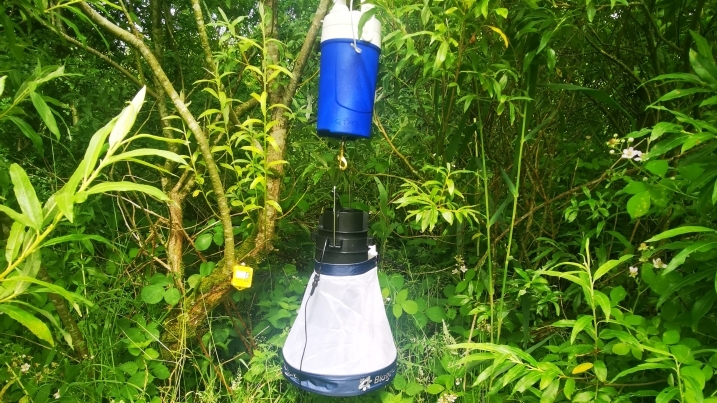
Photograph of a mosquito trap hanging in a tree
What did we find? Lots of mosquitoes, and lots of diversity! The range of habitats that WWT Caerlaverock provides makes it a haven for insects of all kinds, mosquitoes included. We found many different native mosquito species at the reserve, including some rare and endangered species. The majority of the mosquitoes were bird-biting rather than human-biting – unsurprisingly, given that Caerlaverock is brimming with birds and is therefore something of an all-you-can-eat buffet for ornithophilic (bird-loving) mosquitoes.
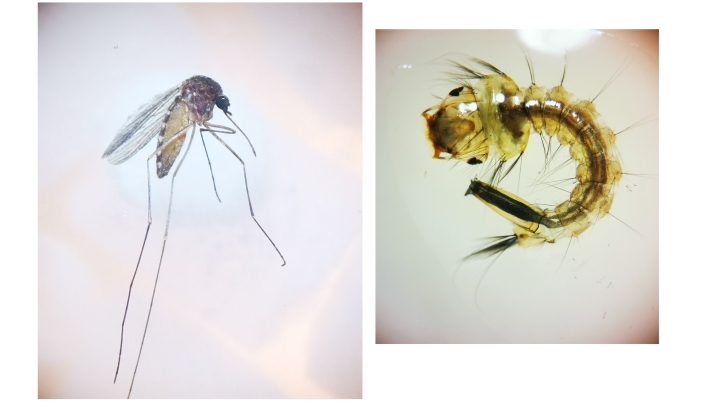
Photographs of a mosquito and a mosquito larvae under a microscope
Although this means that most of the mosquitoes at the reserve are unlikely to bother human visitors, that isn’t the whole story. Birds are susceptible to several mosquito-borne viruses, some of which can also infect humans if they are bitten by a mosquito that has fed on an infected bird. Most of these viruses are not currently circulating in Britain, but there is some risk that they could be introduced by birds migrating from southern Europe – a risk which is likely to increase as the climate changes. As Caerlaverock is a stopover for several migratory bird species, it is particularly important to check both mosquitoes and birds for infectious diseases. The bird ecologists in our team, Dr Davide Dominoni and Dr Paul Baker, took small blood samples from a range of resident and migratory birds during a day of bird ringing at WWT Caerlaverock. Along with the collected mosquitoes, the bird blood samples will be checked to make sure that they are all disease-free.
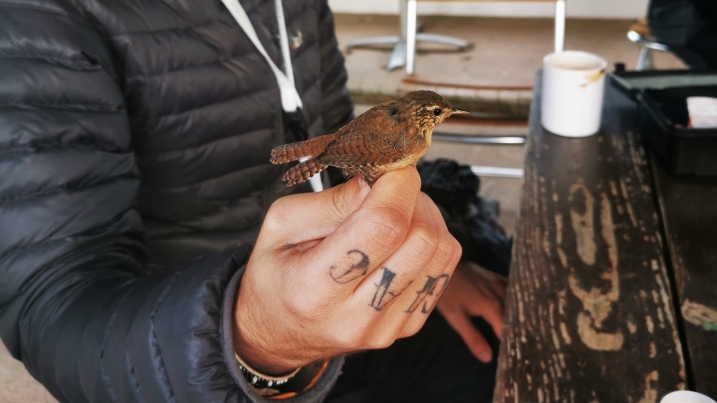
Photograph of a wren being held so it can be ringed
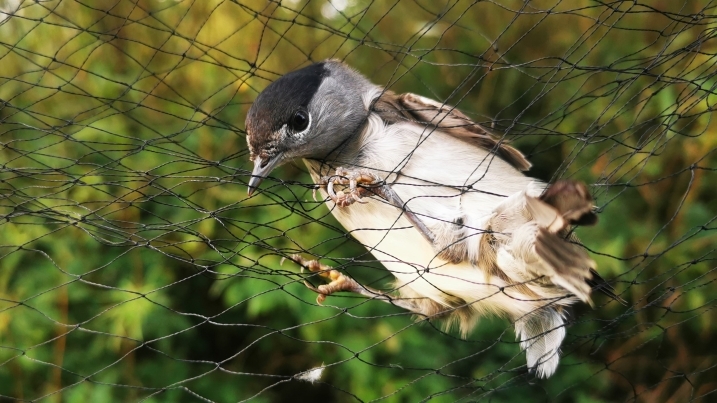
Photograph of a blackcap in a mist net
It is important to monitor mosquito populations over multiple years in order to assess any changes, so we hope to return to Caerlaverock to do some more mosquito sampling next spring. This should ultimately help us to estimate the risk of mosquito-borne disease in Scotland and predict how it is likely to be affected by climate change in the years to come.
Words by Dr Georgia Kirby
Photos by Dr Rebecca Brown
Feature image: photograph of a sample of water being taken from a bird bath
